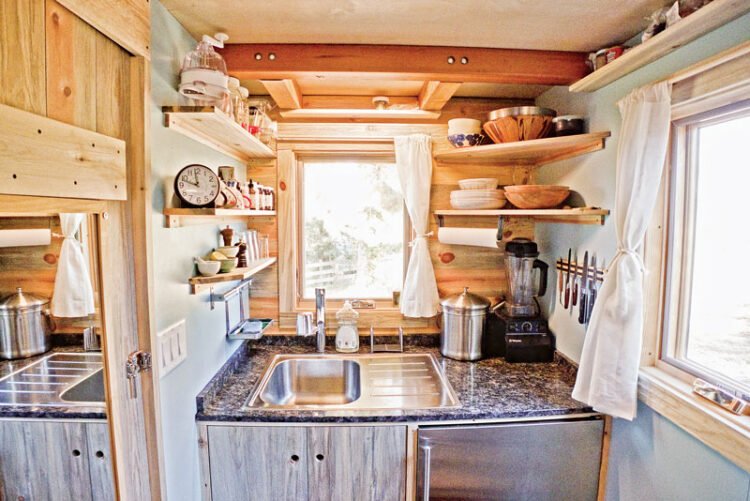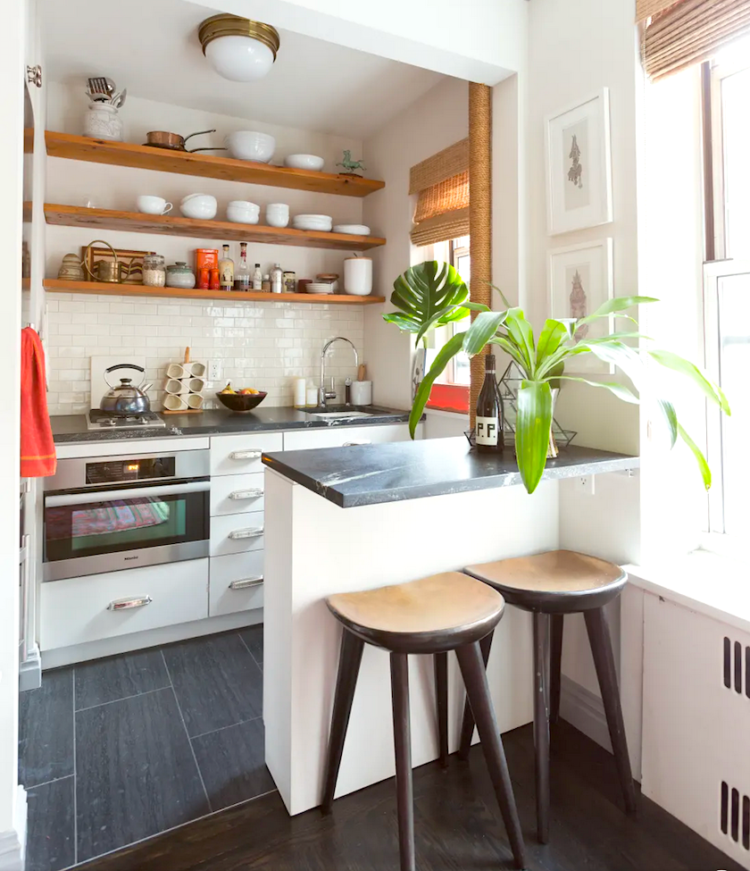Let’s be honest—designing a kitchen in a tiny house can feel like a puzzle. A fun one, but still a puzzle. You’ve got limited space, a long list of must-haves, and a desire to make it feel like home, not a glorified camper van. And when it comes to kitchen units? That’s where a lot of people either make it or break it.
Picking the right unit isn’t just about saving inches. It’s about balancing function, flow, and style—so you don’t feel like you’re cooking inside a shoebox. Whether you’re already in the thick of your tiny home build or just mapping things out on paper, choosing the right kitchen setup makes a huge difference in how your space lives and feels.
Page Contents
Think Small, But Smart

Source:facebook.com
Before falling in love with any sleek unit online, take real measurements. And not just wall-to-wall—think in terms of working space.
- How wide is your kitchen wall?
- What’s the depth before you start bumping into your dining bench, fridge, or bathroom door?
- Can cabinet doors fully open without blocking a walkway?
In most tiny homes, the kitchen wall spans between 4 to 8 feet. For reference, a 6-foot kitchen unit with a sink, two-burner stove, under-counter fridge, and a little prep space can absolutely work—but only with careful planning.
If you’re going even smaller (say, a 4-foot unit), you’ll likely need to supplement with wall storage, a fold-down prep area, or even a slide-out pantry. Don’t sweat it—that’s part of the charm.
For compact living spaces, exploring innovative kitchen solutions can make a significant difference in functionality.
What Style Actually Works in Tiny Homes?
Function should always come first, but let’s not pretend style doesn’t matter. You’re going to see this unit every single day. It needs to match the mood of your space, not fight it.
Here are a few kitchen unit styles that pair well with small footprints:
1. Galley Layouts
Clean and simple. Everything’s in one line, easy to reach, and perfect for walls between 5 to 8 feet. This is one of the most common layouts in tiny houses for good reason—there’s no wasted space, and it gives you room to move.
2. L-Shaped Corners
If your tiny house has a bump-out or a wider end, an L-shape can make the most of corner storage and double your counter area without expanding your footprint too much.
3. Modular or Freestanding Units
Think IKEA-style or custom wooden pieces that combine a sink, drawers, and cooking space into one. These are great if you want flexibility or if your build is still evolving. They also work well if you’re going for a more minimal, Scandinavian look.
Materials Matter (Even More in Small Spaces)

Source: laurelberninteriors.com
Tiny kitchens deal with more humidity, temperature swings, and wear than you’d expect. Go for durable materials, not just pretty ones.
- Countertops: Butcher block gives warmth and can be trimmed to fit odd spaces, but needs oiling. Laminate’s cheap and easy to clean, while stainless steel screams function and lasts forever.
- Cabinet fronts: Avoid anything too glossy—it shows smudges like crazy. Matte wood, plywood, or even reclaimed barn wood can add warmth and character.
- Backsplashes: Peel-and-stick tiles or metal sheeting can protect the wall without adding bulk or weight.
Storage Is Part of the Unit, Not an Afterthought
In tiny house kitchens, every inch counts. Make your unit work harder:
- Opt for deep drawers instead of standard cabinets.
- Use toe-kick drawers at the base.
- Hang a pegboard above the unit for utensils and small pots.
- Add magnetic strips or wall rails for spices, knives, or mugs.
The more vertical you go, the more you win.
Plumbing & Electrical
Tiny homes often use off-grid or hybrid setups. Make sure your unit’s sink lines up with your plumbing, and your appliances match your power supply.
If you’re going propane for cooking, you might need a stovetop with manual ignition. If you’re running solar, make sure your fridge and appliances are energy-efficient and compact—sometimes that means looking at marine or RV products.




